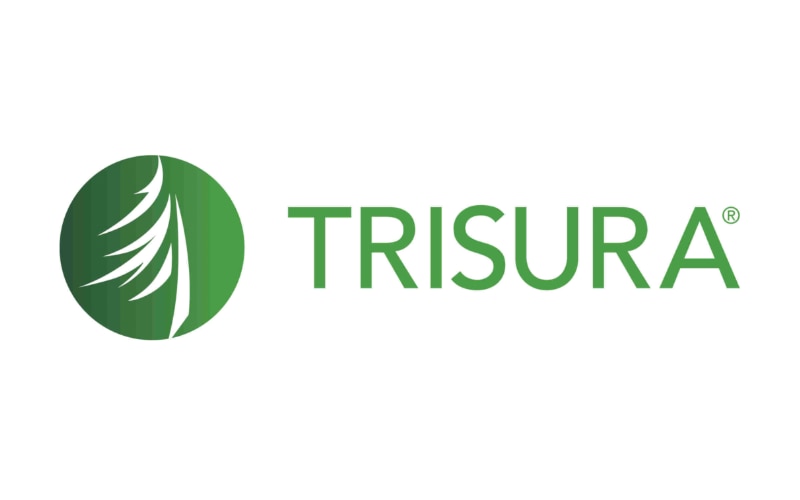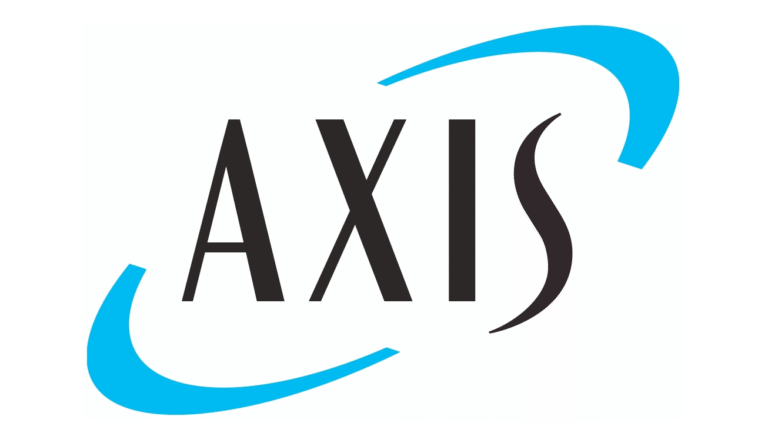
Trisura Group Ltd., a specialty insurance provider, reported an operating net income of $34.4 million in the third quarter of 2025, up 3.6% compared to $33.2 million in the same period a year earlier, demonstrating consistent profitable underwriting and growth in net investment income.

Net insurance revenue increased 6.4% to $197.3 million from $185.5 million, reflecting growth in the business, including 16.2% growth in Primary Lines.
Gross premiums written climbed 11.2% to $853.7 million from $767.8 million.
Underwriting income amounted to $27.6 million, down 4.7% from $29 million, due to a slightly higher combined ratio of 86.0% compared to 84.4% in Q3’24, attributed to a shift in business mix toward Trisura Specialty, which generally has a higher combined ratio and experienced a higher loss ratio in the quarter.
The loss ratio was 34.3% and the expense ratio was 51.7%, compared to 34.7% and 49.7%, respectively, a year earlier.
Net investment income rose 23.8% to $20.1 million from $16.3 million, driven by ongoing cash contributions to the investment portfolio.
Trisura’s operating return on equity (ROE) was 18.0%, slightly lower than 18.5% in the prior-year quarter, as strong profitability from core operations continued but was offset by a disproportionately higher shareholders’ equity supporting the newly capitalised U.S. Surety balance sheet.
David Clare, President and CEO of Trisura, said, “Q3 was another strong quarter with Operating ROE of 18.0% and Operating net income of $34.4 million, or $0.71 per share. A Combined ratio of 86.0% showcases our consistent underwriting profitability, and 23.8% growth in Net investment income supports repeatable growth in book value.
“Primary lines continued to expand with a 16.2% increase in Net insurance revenue, while momentum in US Programs resumed with an 18.1% increase in GPW.
“Book value rose to a record $904 million at Q3 while BVPS increased 20.8% year-over-year, driven by growth and robust earnings. Our conservative 13.0% debt-to-capital ratio reinforces financial flexibility and capacity to fund growth.”





